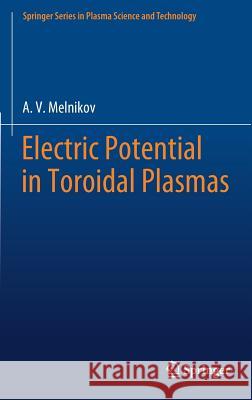Electric Potential in Toroidal Plasmas » książka
topmenu
Electric Potential in Toroidal Plasmas
ISBN-13: 9783030034801 / Angielski / Twarda / 2019 / 240 str.
Kategorie BISAC:
Wydawca:
Springer
Seria wydawnicza:
Język:
Angielski
ISBN-13:
9783030034801
Rok wydania:
2019
Wydanie:
2019
Ilość stron:
240
Waga:
0.54 kg
Wymiary:
23.39 x 15.6 x 1.6
Oprawa:
Twarda
Wolumenów:
01
Dodatkowe informacje:
Wydanie ilustrowane











